Southern Living Oakland Holly Tree
$44.50 Original price was: $44.50.$31.15Current price is: $31.15.
- Free Shipping over $25
- Fast & reliable delivery options
- Enjoy top quality items for less
- Multiple safe payment methods

Holly trees are widely grown in many different areas of the country, with different varieties and types suitable for different climates. Among the many varieties of Holly trees and bushes some stand out as unique in some way. The Oakland Holly Tree is one of those – a unique holly, different in several ways and something really special and valuable in the garden. If you like holly trees – and really, who doesn’t – then you will love this distinctive and unique variety that will bring something exciting, new and different to your landscape.
We are sure that this new plant is going to be a big hit with gardeners looking for something new but very reliable, so although we have good stocks, order now before our stocks run out and we can no longer supply you. Order now or face disappointment.
Appearance of the Oakland Holly Tree
To begin with, the Oakland Holly Tree doesn’t really look much like an ordinary holly, so it offers us a new, unique evergreen bush to decorate our gardens with. Unlike almost every other holly, it does not have shiny leaves, but instead the leaves are a rich shade of dark green, but with a more ‘modern’ semi-glossy finish. Secondly, you might not even think this was a holly, because the leaves look more like some interesting evergreen oak tree – you might even imagine this tree was a hybrid between holly and oak, if such a thing was possible.
When winter comes, however, you will see that this really is a holly tree, because your plant will be garlanded with bunches of berries in a distinctive orange-red color, but definitely holly berries. Perhaps because of its unique parentage, the Oakland Holly Tree has one more great feature to offer. Unlike almost every other holly tree, this one does not need a separate male tree to produce its berries – it can do it all by itself, so you are always sure to get berries, no matter where you plant it.
Growing Oakland Holly Trees
The Oakland Holly Tree is however not just some novelty item. Besides being unique, this bush is a real garden ‘work-horse’. It is a vigorous grower, adding 12 inches or more a year until it reaches 15 or even 20 feet in height. It develops naturally into a dense pyramid, with solid branches from top to bottom, so it makes a great barrier or screening plant. With a mature width of at least 12 feet, you don’t need many trees to create a solid, evergreen barrier that will always look great and not even need trimming. Plant your trees 4 to 5 feet apart in a row and you will soon have a solid wall of rich green, giving you the privacy you need, hiding an ugly wall or view, or making a perfect neutral background to your flowering shrubs.
Sun Exposure and Soil Conditions
The Oakland Holly Tree is a very versatile plant. It will grow in full sun or quite dense shade. It will also grow in any average garden soil, from sand to clay, and it will grow in both wet and dry soils. It prefers slightly acid soil and does best in moist, rich, well-drained soil. It has no significant pests or diseases and it is rarely bothered by deer.
Pruning
Without any pruning this tree will develop into a dense bush, but plants in heavy shade may need some pruning to keep them dense. You can also prune up the lower branches as the tree grows to make a taller tree with a beautiful trunk, so that other plants can be grown beneath it. This is especially useful in a small garden where space is at a premium, yet screening is often needed for privacy.
History and Origins of the Oakland Holly Tree
The story of the Oakland Holly Tree is an interesting one. There are many species of holly trees and this tree has three parents. Its first two parents were the Chinese Holly (Ilex cornuta), a very sturdy holly with good drought resistance, and another Chinese holly, the rare Ilex perneyi. The resulting seedlings were then hybridized with a holly widely grown in Japan, called Ilex latifolia. From this mix of tough species grew a tough tree called the oak leaf holly.
All this work was done by a nurseryman called Jack Magee, from Poplaville, Mississippi, during the 1970’s and 80’s. Then one day in 1989 he noticed a branch growing on one of his oak leaf hollies that looked different. He grew it into a plant and found that this plant was more compact and better-formed than its parent, with shorter spaces between the leaves and a denser appearance. In 2002 he patented this plant as the Oakland Holly Tree. Our stock is derived directly from that original tree, so you get the exact features that make this tree so special, and that you will not find on any other holly tree.
Be the first to review “Southern Living Oakland Holly Tree” Cancel reply
Related products
Evergreen Trees
Evergreen Trees
Arborvitae Trees
Cypress Trees
Evergreen Trees
Cypress Trees
Cedar Trees
Evergreen Trees

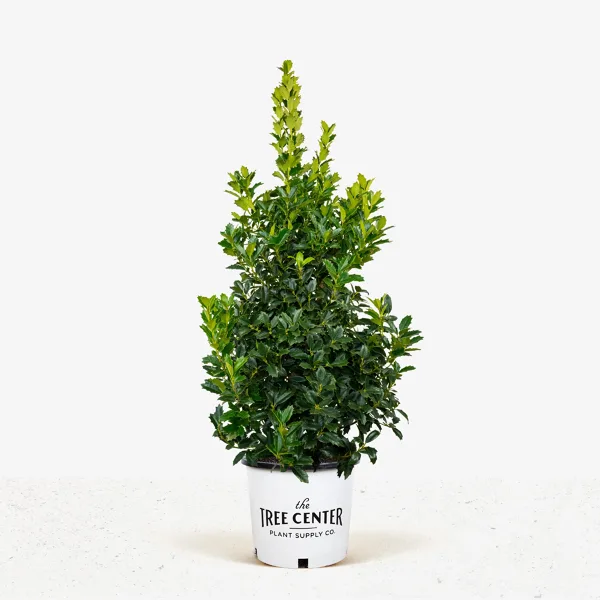
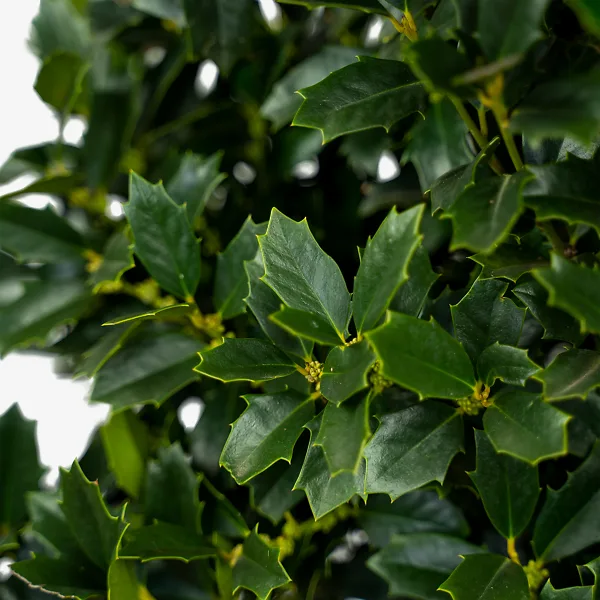
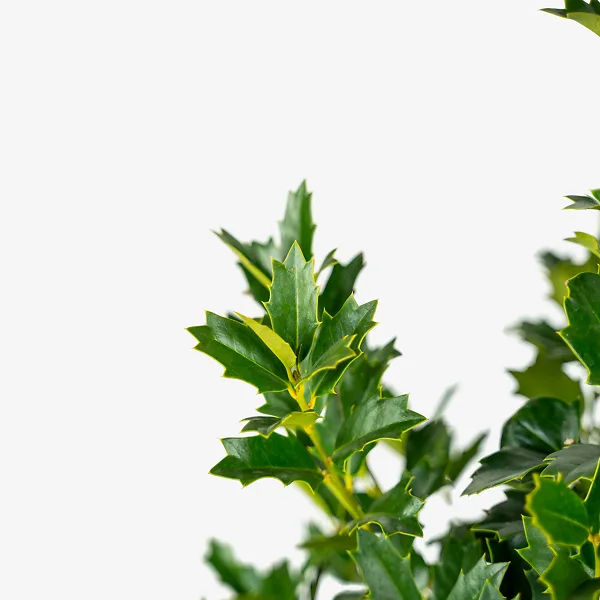
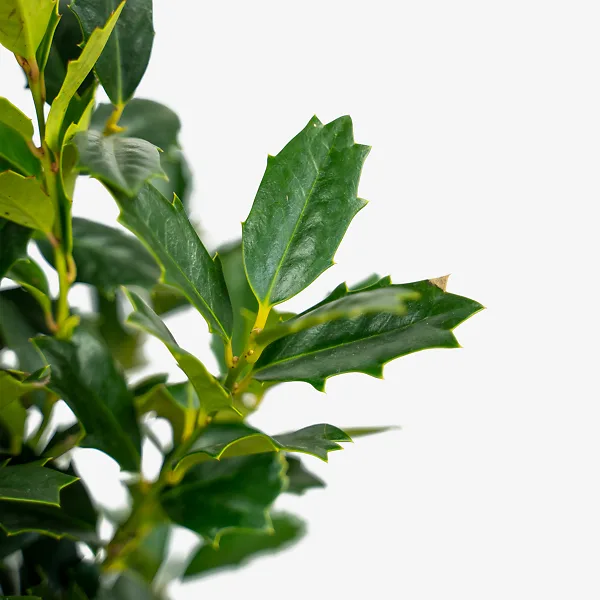
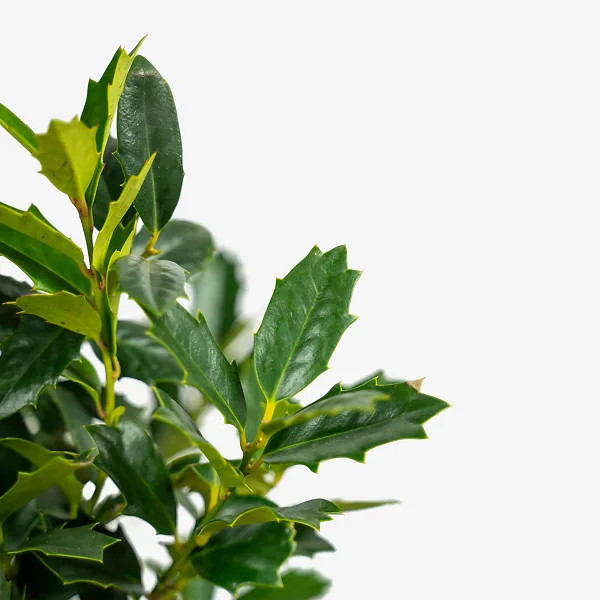



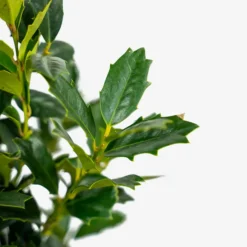






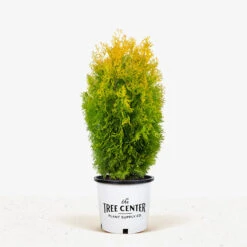


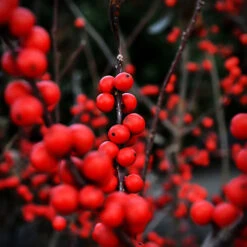







Reviews
There are no reviews yet.